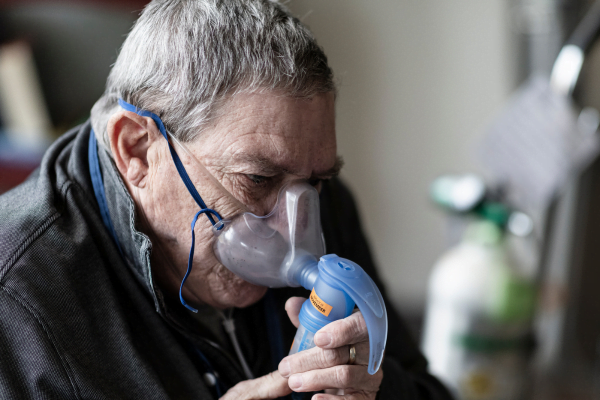Pulmonary embolism (PE) is a critical condition that arises when a blood clot blocks a lung artery, disrupting blood flow. While PE can affect anyone, travelers, especially those on long flights, are at higher risk. Given the increasing number of air travelers, it’s essential to be aware of these risks and adopt strategies to stay healthy while flying.
Understanding Pulmonary Embolism
PE generally arises from deep vein thrombosis (DVT), which involves blood clots forming in deep veins, typically in the legs. These clots can travel through the bloodstream and get lodged in the lungs. Symptoms of PE often include shortness of breath, chest pain, and coughing up blood. Swift medical intervention is vital since untreated PE can be fatal.
Travel-Related Risks
Extended immobility, such as during lengthy flights, elevates the risk of DVT and, consequently, PE. Additional factors contributing to PE risk while traveling are:
- Restricted Movement – Long periods of sitting in confined spaces restrict blood flow, encouraging clot formation.
- Dehydration – The low humidity levels in airplane cabins can lead to dehydration, thickening the blood and increasing clot risk.
- Pressure Changes – Variations in cabin pressure can affect blood circulation, contributing to clot development.
- Pre-existing Conditions – Conditions like obesity, cardiovascular diseases, or a history of DVT can heighten the risk of PE.
Diagnosing Pulmonary Embolism
For suspected pulmonary embolism cases, the gold standard diagnostic tool is computed tomography pulmonary angiography (CTPA). This imaging technique offers detailed images of the pulmonary arteries, enabling precise detection of blood clots. CTPA’s high sensitivity and specificity make it the preferred method for confirming PE.
Other diagnostic tests, such as ventilation-perfusion (V/Q) scans and D-dimer blood tests, which measure a protein fragment related to clotting, may be used as well. However, CTPA stands out as the most reliable method for PE diagnosis, allowing for timely treatment and reducing the risk of complications.
Preventive Strategies for Pulmonary Embolism
To lower the risk of pulmonary embolism during travel:
- Stay Hydrated – Drink plenty of water before, during, and after the flight to avoid dehydration.
- Move Regularly – Engage in simple exercises like ankle circles, calf raises, and walking down the aisle to aid blood circulation.
- Compression Stockings – Wear compression socks to boost blood flow in the legs and lower the risk of DVT.
- Opt for Aisle Seats – Choose aisle seats to make moving and stretching easier throughout the flight.
- Limit Alcohol and Caffeine – Drink less alcohol and caffeine as they can cause dehydration.
- Consider Medications – Individuals at higher risk should discuss with a healthcare provider the possibility of taking blood thinners or other medications before traveling.
Takeaways
Pulmonary embolism poses a serious threat, particularly for long-haul travelers. Awareness and proactive preventive measures can significantly reduce this risk.
By staying hydrated, moving regularly, using compression stockings, and implementing other lifestyle adjustments, travelers can effectively minimize their risk of developing PE during flights. Prioritizing health and taking proactive steps ensure safe and enjoyable journeys. Remember, prevention is crucial when it comes to PE.
Frequently Asked Questions (FAQs)
How is the risk of pulmonary embolism (PE) assessed?
Assessing the risk of PE involves examining factors like medical history, current health, lifestyle, and any predisposing conditions. Healthcare providers use tools such as the Wells score or Geneva score, which consider signs, symptoms, risk factors (like recent surgery or immobilization), and potential alternative diagnoses, to estimate PE risk. They may also perform imaging tests like computed tomography pulmonary angiography (CTPA) to confirm PE and evaluate its severity.
What does follow-up care involve after experiencing a pulmonary embolism?
Post-PE care typically includes regular medical follow-ups to monitor treatment effectiveness, prevent recurrence, and manage any complications. This may involve periodic check-ups, imaging tests to assess clot resolution, and medication adjustments as needed. Patients are often advised on lifestyle changes such as maintaining a healthy weight, staying active, and avoiding long periods of immobility. Effective communication between patients and healthcare providers is essential for optimal recovery and minimizing the risk of future PE incidents.
